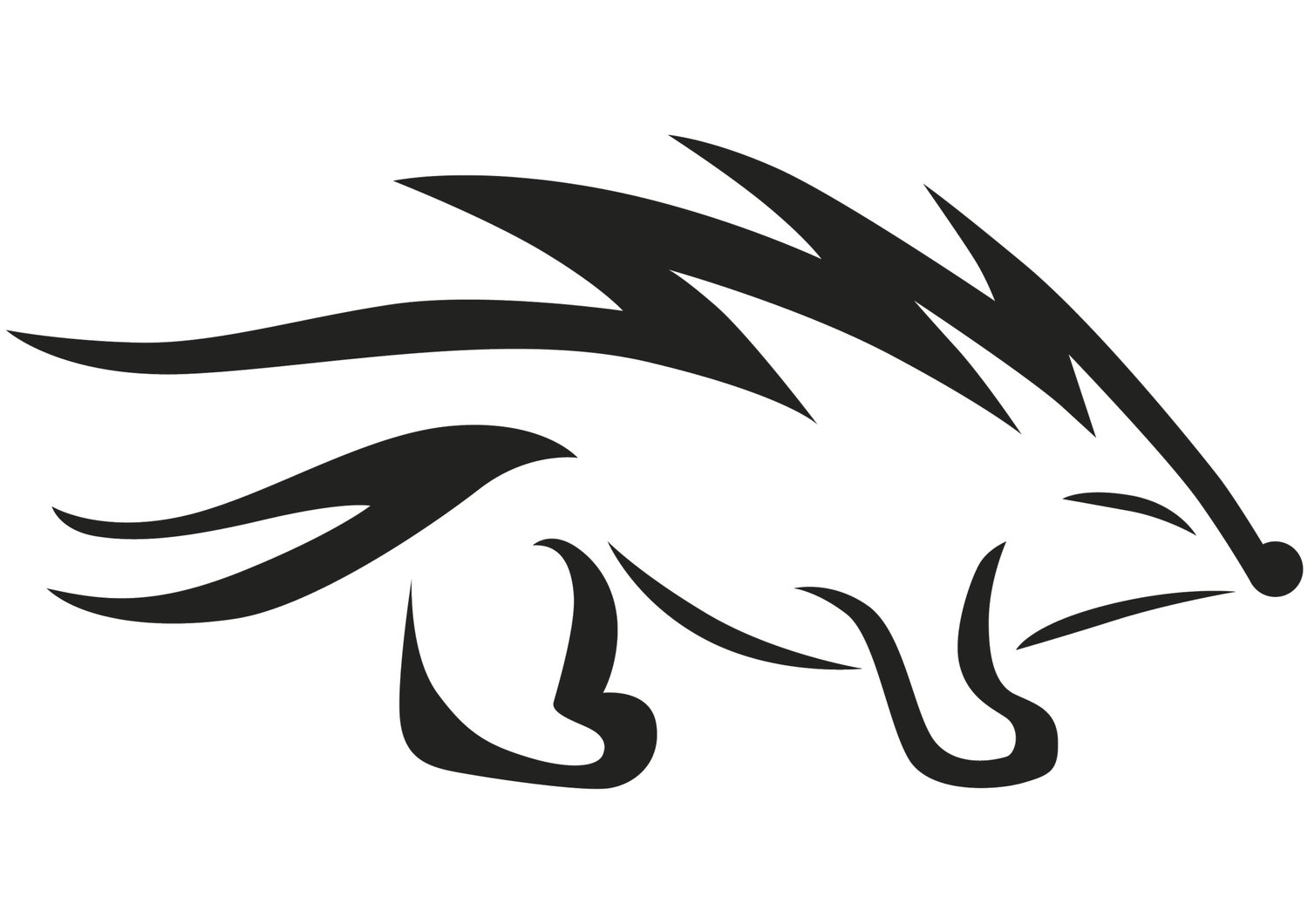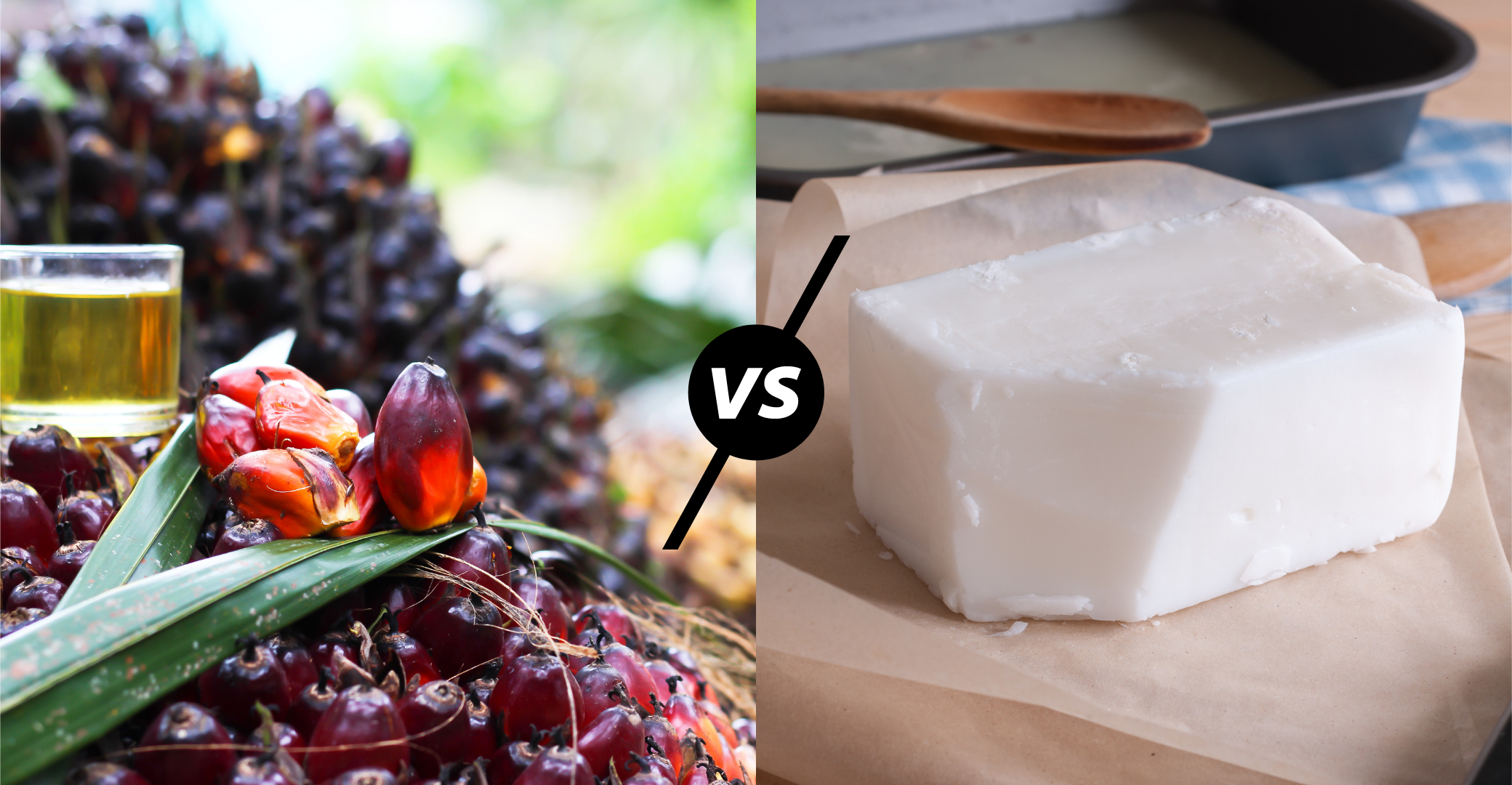When choosing a soap, it can go far beyond simple smells, costs, and brands. The quality and source of the ingredients are equally important.
So, what is the main difference between pasture-based tallow and palm oil?
Palm oil and tallow are used as the base in the soap making process. The hard oils and fats in the palm oil and tallow allow the soap to stay firm when it gets wet. The most apparent difference between them is that one is a plant-based oil and one is a pasture-based fat, but the differences don’t stop there. The way palm oil and tallow are sourced is different, and their nutrients, cost, sustainability, and texture are different as well. We know it is practically impossible to know everything about the ingredients in every product we use, but when it comes to soaps we think it is possible to make an informed decision.
How are palm oil and pasture-based tallow sourced?
Pasture-based tallow is made by rendering suet. Beef suet is the fat found around the loins and kidneys of cows. To render the suet, it is chopped up, melted over low heat, the liquid fat is strained to separate solid pieces, and the liquid fat is then allowed to cool resulting in rendered tallow. While to some tallow may seem strange or gross, the added vitamins and nutrients along with the sustainable benefits, actually made tallow a better choice for soap than palm oil.
Palm oil comes from the fruit of oil palm trees, the scientific name is Elaeis guineensis. The majority of palm oil harvested today comes from South Asia; although, it was originally native to Africa. There are different types of palm oil, but the oil that is typically used in soap making comes from squeezing the fruit of the oil palm tree. It is squeezed to get all of the palm oil out and this crude oil is then used to make soaps and many other household products. Palm oil is very common in household products because it is cheap and easy to work with, however, the conditions of its sourcing often call for ethical concerns. The ethical concerns in palm oil production stems from unfair labor practices and massive deforestation that further risks endangered species.
While tallow comes from animals, it is not the primary reason the animal is harvested. In fact, suet is typically considered waste in the farming industry. After the meat that most people eat is harvested, the suet is leftover with other non-traditional parts. Rendering tallow from suet to make soaps and balms is a sustainable way to use something that would be otherwise discarded. As for our soaps and balms, we also ensure the use of grass-fed cattle for any of our suet. We want to ensure our soaps are made using humanely sourced ingredients that are high quality.
What are the benefits of tallow vs. palm oil?
In addition to palm oil creating a long-lasting soap, its benefits also include high vitamin E and vitamin A content and refatting agents that allow your body to restore its natural oils. While these are amazing benefits, the benefits of beef tallow are even better. Tallow contains vitamins A, D, E, K, and B12, which contribute to skin health and appearance. Given that the fat saturation of tallow is close to human fat, the vitamins within it can be absorbed into the body easier and it locks in moisture and nutrients without clogging your pores.
Why choose beef tallow over palm oil?
We made the choice ourselves when we began making soaps, with skin conditions and health concerns we were looking for natural remedies that help our bodies and don’t break the bank. Tallow is known for its nutrient-rich properties that naturally heal and nourish our skin, so for us, it seemed like the perfect base. We make sure our tallow is ethically sourced and ensure it comes from a high-quality source. By doing so we can create soaps that are good for us and don’t come with the moral dilemmas of palm oil. Why not use a soap that is good for your health, your skin, the orangutans, and the elephants too!
Source: wwf.org


